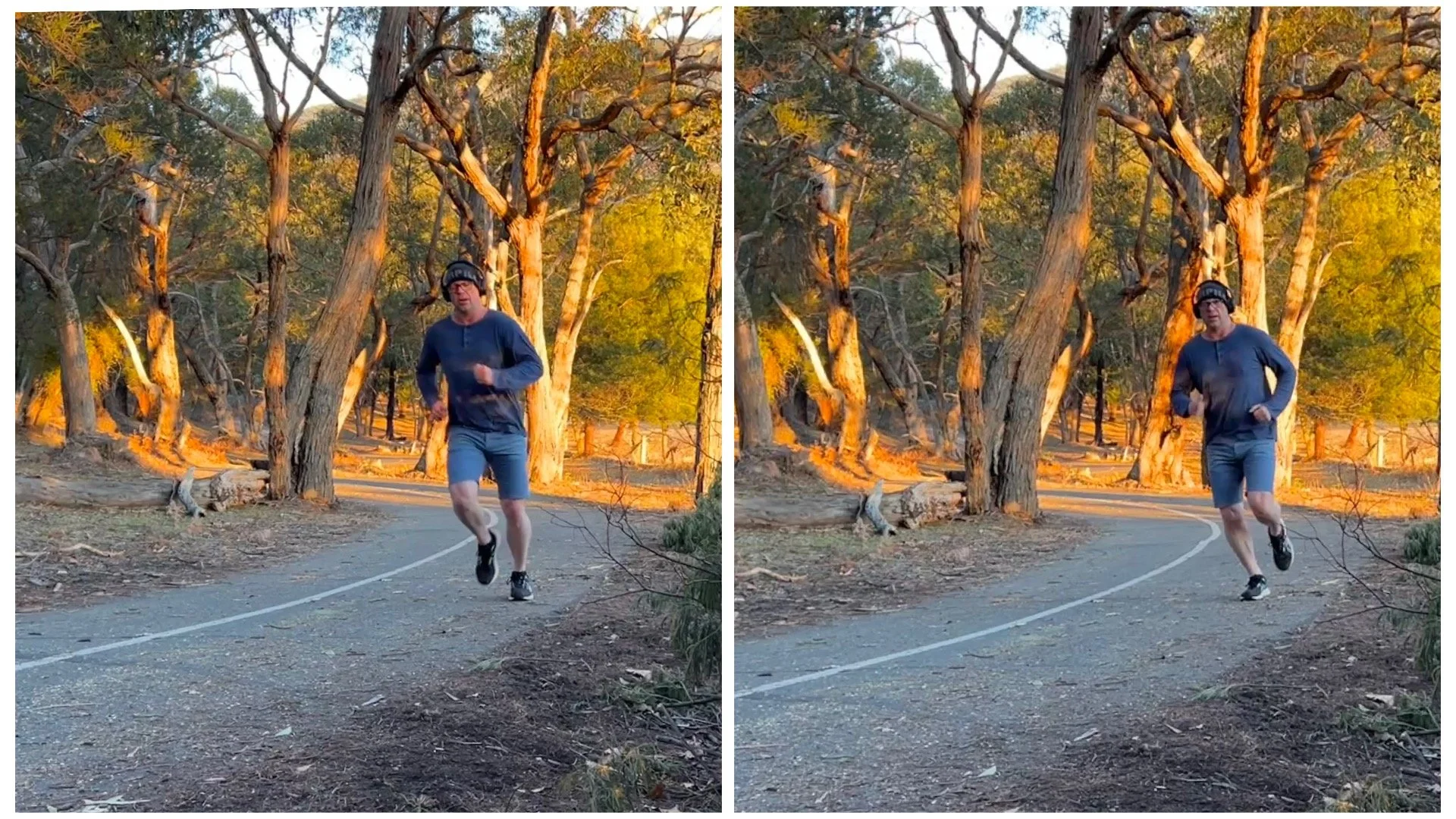Timing and anticipation - composition in motion
You saw the perfect moment — just before it happened. A person walking through a beam of light. A bird about to take flight. A child’s face lighting up just before the laugh.
This is where composition meets timing and anticipation.
Photography isn’t just about where you stand — it’s about when you shoot. The strongest compositions often come down to recognizing the moment before it unfolds, and pressing the shutter with intent. This is especially true with smartphone photography, where quick capture is easy — but thoughtful timing takes practice.
Why timing matters for composition
It aligns elements that don’t stay still for long — like moving subjects, light, or gestures
It brings meaning — capturing expression, interaction, or tension
It enhances flow — freezing motion in a way that supports the structure
It separates good from great — two identical frames can feel worlds apart due to timing
It creates balance — timing can affect the gesture and balance of the subject and how it connects the story to the environment.
Composition isn’t just a static choice — it’s built over time, then captured in an instant.
What is anticipation in photography?
Anticipation is the skill of reading the scene ahead of time — predicting what will happen next and preparing for it. It's about:
Watching people’s body language
Noticing shifting light
Understanding the rhythm of movement
Seeing a composition coming together — and being ready
It’s what turns a reactive photo into a crafted moment.
When timing and anticipation matter most
Street photography — waiting for someone to walk into a frame or gesture
Portraits — capturing natural expression, not forced poses
Lifestyle/documentary shots — when interaction and emotion unfold naturally
Light transitions — catching a ray of sun before it shifts
Candid movement — like hair tosses, animal motion, or environmental elements (waves, shadows, traffic)
Any photo with people, motion, or light will benefit from practiced timing.
When it matters less
In still life, architecture, or abstract shots
When you're controlling the environment (e.g. studio work)
When you're building a graphic or minimal composition where timing is stable
That said — even in still scenes, natural light shifts can require timing awareness.
How to develop better timing
Observe first, shoot second
Let the scene settle — watch body language, shadow movement, or spatial flow.Anticipate gesture or alignment
If someone is walking toward a beam of light — be ready before they enter it.Use burst mode wisely
On smartphones, holding the shutter often captures multiple frames. Use it when moments are fast — not as a crutch, but a safety net.Practice shooting through a scene
Stay with a moment for a few seconds longer — often, the best image happens just after the obvious one.Know your subject and environment
If you’re returning to a place you’ve shot before, you’ll anticipate better — where the light falls, where people pass, what rhythms repeat.
Did you know?
Henri Cartier-Bresson coined the term “the decisive moment” — the instant when all visual elements align in a single frame. He described it as a balance between composition, timing, and intuition. In mobile photography, the same idea applies — only now, the tools are smaller and faster.
Tips for capturing decisive moments
Frame first, then wait — compose the scene, and let life enter it
Listen for rhythm — footsteps, laughter, or conversation can signal an approaching moment
Use gestures as cues — a raised arm, turning head, or leaning posture often lead into strong compositional moments
Stay patient — great timing often looks like luck from the outside, but it’s really just awareness
Common mistakes
Pressing the shutter too soon or too late
Reacting instead of observing
Chasing the moment with framing instead of waiting within a frame
Over-relying on burst without intent
The best timing isn’t fast — it’s prepared.
Related techniques
Use the search bar above to search for any composition technique, including the below:
Gesture and interaction
Visual hierarchy
Framing and flow
Leading lines
Isolation and emphasis
Conclusion
Timing is the invisible part of composition — but it’s what brings your image to life. When you start to anticipate light, expression, and interaction, your smartphone photos stop being snapshots — and start becoming visual stories. Practice timing, and composition becomes something you feel — not just arrange.
📘 Want to learn how timing shapes strong structure and storytelling? Stronger Photo Composition - 4-Step System covers the “when” as much as the “what” — with tools for every kind of moment.
👉 Buy the physical book or PDF version of Stronger Photo Composition - 4-Step System


